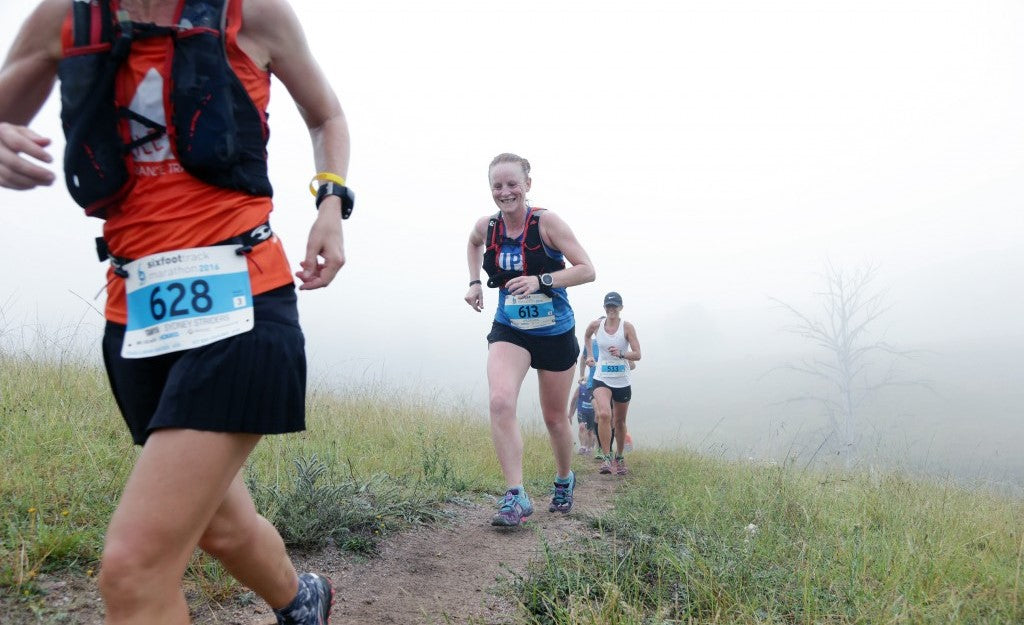Your Cart is Empty
I'm not really a big fan of shipping goods halfway around the world, BUT there's simply nothing else out there that offers such durability, comfort, and cool looks, and can still be worn to the office.
My love for io began when a neighbor sold me a long-sleeved Altitude Crew shirt that she had brought back from Down Under. How could something so thin keep me so warm while snowboarding, and I could even wear it the next day and the week after because it didn't smell? Today, I wear io shirts almost every day, whether I'm running my marathon training in them, writing reviews in the office, or somewhere on or off the slopes in the snow, something from io is always with me.
Like all the other shirts, the Universal Long Sleeve shirt is super comfortable to wear and has first-class io workmanship. The fit is the same as all the other shirts. For me, at 1.87 cm, a size L is slightly form-fitting but not obtrusive. The sleeves are just the right length and can easily be pushed back without constricting, which is super important to me.
Once you've worn merino, you won't want anything else. No, this wasn't my last shirt from the other side of the world, and my wife agrees, even though shipping it around the world is actually crazy.
BTW: the picture shows one of our black-nosed sheep. Unfortunately, no one here can process wool anymore, otherwise...
The fit (12) is perfect.. and good colour. No ingrained smell fading or chaffing even after lots of wear.
I bought socks in the winter and found the socks ideal for wearing with boots as pillion on a motorbike. I decided to try the no show socks for summer joggers and I'm so glad that I did! The socks feel amazing and my feet aren't all sweaty. Very happy with my purchase!
Love the fabric and comfort, but wish it has more coverage at the back. For those with an athletic build (ie. muscular and not petite bum) may find it a tad low at the back. Definitely like a hipster and would prefer a slightly higher coverage at the back. However the wide elastic does keep it in place.
Love how the waistband has no elastic in it but the stretch in the double-layered fabric. This means it doesn't cut into ups or create any pressure areas, and dries much faster. Love the functional side pockets for storing things or even warming hands when cold. The fabric has a very supportive stretch without feeling overly compressive so you can wear all day but still allows you to perform better. Quick drying so you can sweat it out and not have to change afterwards as it doesn't smell either. Also love the below knee length - good when you don't want to wear shorts or long tights.
I was looking for warm pants made of natural fibres. I started looking at pure merino wool but was concerned that it's too delicate. Glad i found this shop. Mixing merino wool and cotton sounds like a brilliant idea. Keeps warm but not as delicate as pure merino. Love my pants. It's warm and comfy!



















